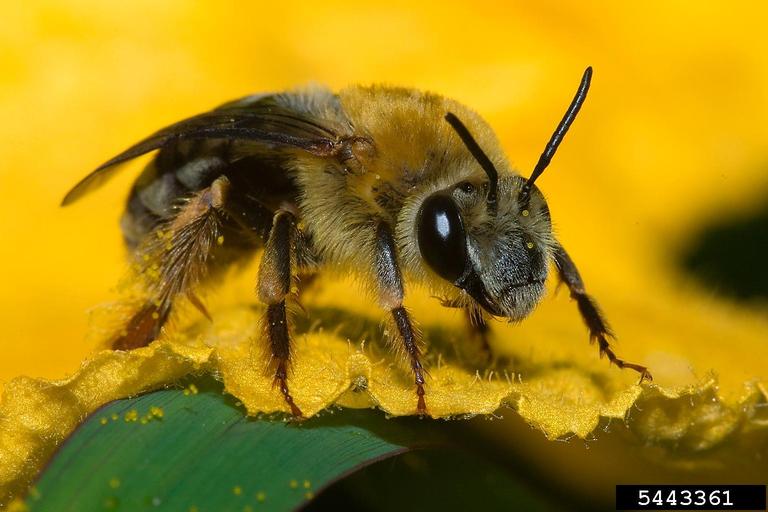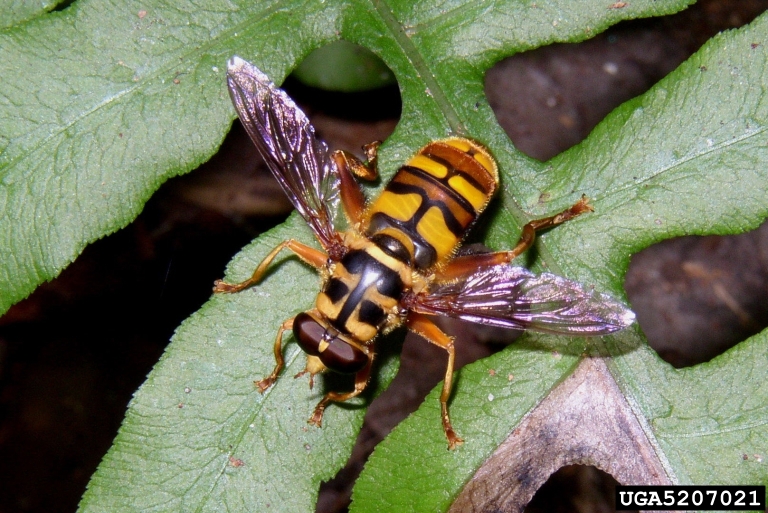


The Who and What of Pollination
How can I promote pollinators in my environment and help them prosper?
Pollinators can be naturally attracted to your environment by incorporating the practice of Integrated pest management (IPM). The basis of IPM is to use research and knowledge to employ strategies to enrich an environment to naturally manage pests populations and attract beneficials. IPM has components that span beyond the attraction of pollinators such monitoring and record keeping, improving the health of soil, pest trapping, use of biocontrol to naturally eliminate pests from a garden, and much more. For more information on IPM visit UConn’s website here.
What is this insect that I found and how can I tell if it is beneficial or a pest?
To understand whether a specific insect is defined as a beneficial or pest, it is important to have a working knowledge of the multitude of different beneficial roles that an insect can perform for its environment. Beneficial insects can be biological control . Most insects perform more than one of these given roles in the environment, for example, the hover fly, which as a larva is a voracious aphid predator, and as an adult a pollinator. The roles of pests include destruction of vegetation and other items, and vectors of disease for vegetables and humans. The lines can be subjective at times however. For example, depending on the interpreted value of what is being targeted, one farmer may see an insect as a pest, competing with a resource, while another may consider the same insect a control agent of a weed.
In reality, because of the wide variety of tactics and morphology insects use to complete these roles, the only way to correctly identify if an insect is beneficial is to develop your knowledge of the types of insects in your ecosystem. While there are a nearly incomprehensible amount of insect species, a practical knowledge of the common types of insects you find locally is often the full extent of what you will need to identify almost all of what you will find. Pollinator insects are an exception as they can be identified by observing the insect traveling to and from a multitude of flowers.
Click on the pictures below to learn more about different types of pollinators!
When is the best time to begin incorporating these practices?
The best time to incorporate integrated pest management is now! Much of IPM is centered around observation, planning, and monitoring. In times of that there is no active growing, planning and research can be supplemented. What you will be observing will be continually changing as time passes and different types or developmental stages of insects will make an appearance. The makeup of a garden’s ecosystem can change dramatically with the addition of just one species of insect. Questions that can be considered include what type of plants can I use to attract beneficials? How should I arrange my garden bed to prevent pests? And what types of signs of pest activity should I be on the lookout for when I start to make observations? IPM as a field is growing through research and more information is being discovered, so it is important to keep up to date.
Should pesticides never be used?
IPM practices strive to limit the need for pesticides and application is advisable only as a last resort. Even when there is a dire need for pesticides, a great deal of consideration must be given beforehand to ensure minimal environmental impact. Type of pesticide, method of application, quantity, and area of application are examples of these types of considerations. Click for resources provided by UConn pertaining to pesticide application. Not all pesticides are equal in terms of their environmental ramifications through bioavailability, longevity in the environment, potential to leach or disperse from the original area of application, and biomagnification potential. Pesticide research is ongoing and is continually improving.
Is there an amazing national holiday that I can celebrate pollinators?
Yes! June 22-28th is national pollinator week in America, and UConn also celebrates Bug Week annually from July 19th - July 25th. You can find information on UConn's bug wee here.


